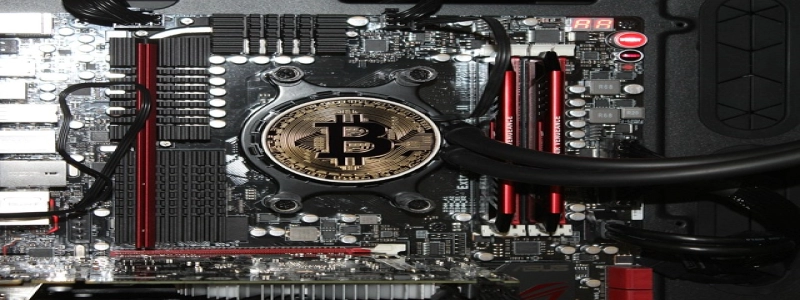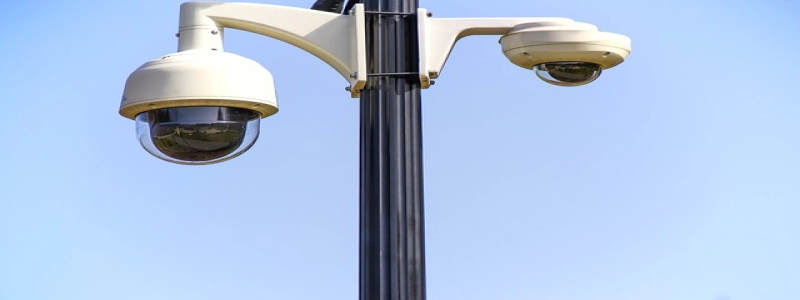Ethernet Video Camera
1. Introduction
1.1 Definition of Ethernet Video Camera
1.2 Importance of Ethernet Video Camera
2. Features of Ethernet Video Camera
2.1 High-Quality Video Capture
2.2 Remote Access and Control
2.3 Power over Ethernet (PoE)
2.4 Integration with Network Systems
3. Applications of Ethernet Video Camera
3.1 Surveillance and Security
3.2 Remote Monitoring
3.3 Video Conferencing
4. Advantages of Ethernet Video Camera
4.1 Cost-Effective Solution
4.2 Scalability and Flexibility
4.3 Simplified Installation and Setup
5. Conclusion
1. Introduction
1.1 Definition of Ethernet Video Camera
An Ethernet video camera, also known as a network camera, is a type of digital video camera that can capture and transmit video and audio data over an Ethernet network or the internet. Unlike traditional analog cameras, Ethernet video cameras do not require a dedicated video capture card and can be easily connected to an existing network infrastructure.
1.2 Importance of Ethernet Video Camera
Ethernet video cameras have gained significant popularity in recent years due to their ease of installation, scalability, and remote monitoring capabilities. They offer a cost-effective and efficient solution for various applications, ranging from surveillance and security to video conferencing.
2. Features of Ethernet Video Camera
2.1 High-Quality Video Capture
Ethernet video cameras are capable of capturing high-quality video footage with resolutions ranging from standard definition to high-definition. They utilize advanced image sensors and lens technology to ensure clear and sharp images, even in low-light conditions.
2.2 Remote Access and Control
One of the key features of Ethernet video cameras is their ability to provide remote access and control. Users can view live video feeds and manage camera settings from anywhere using a web browser or dedicated software. This feature is particularly beneficial for surveillance applications, allowing users to monitor multiple cameras from a central location.
2.3 Power over Ethernet (PoE)
Many Ethernet video cameras support Power over Ethernet (PoE) technology, eliminating the need for a separate power source. PoE-enabled cameras can receive power and data through a single Ethernet cable, simplifying installation and reducing costs.
2.4 Integration with Network Systems
Ethernet video cameras can be seamlessly integrated with other network systems, such as video management software, access control systems, and alarms. This integration allows for enhanced functionality, such as automated event triggers and real-time notifications.
3. Applications of Ethernet Video Camera
3.1 Surveillance and Security
Ethernet video cameras are commonly used for surveillance and security purposes. They can be deployed in various environments, including homes, offices, retail stores, and public spaces, to monitor and deter criminal activities. The remote monitoring capability allows for 24/7 surveillance and real-time notifications in case of any suspicious activities.
3.2 Remote Monitoring
Ethernet video cameras are ideal for remote monitoring applications, such as monitoring construction sites or vacation homes. Users can access live video feeds from these cameras using a web browser or mobile app, providing peace of mind and the ability to take immediate action if necessary.
3.3 Video Conferencing
With the rise of remote work and teleconferencing, Ethernet video cameras play a crucial role in enabling high-quality video conferencing experiences. They capture and transmit clear video and audio data, enhancing communication and collaboration among team members located in different geographical locations.
4. Advantages of Ethernet Video Camera
4.1 Cost-Effective Solution
Ethernet video cameras offer a cost-effective solution compared to traditional analog cameras. They eliminate the need for additional hardware, such as video capture cards, and can be easily integrated into existing network infrastructure, reducing installation and maintenance costs.
4.2 Scalability and Flexibility
Ethernet video cameras provide scalability and flexibility as they can be easily added or relocated within a network without significant changes to the infrastructure. This allows for efficient deployment and future expansion as per the changing requirements.
4.3 Simplified Installation and Setup
Unlike analog cameras that require complex wiring, Ethernet video cameras are relatively easy to install. With PoE support, a single Ethernet cable can provide both power and data connectivity, simplifying the installation process and reducing the overall setup time.
5. Conclusion
Ethernet video cameras have revolutionized the field of video surveillance and remote monitoring. With their high-quality video capture, remote access capabilities, and seamless integration with network systems, they offer a versatile and cost-effective solution for various applications. Whether for surveillance and security, remote monitoring, or video conferencing, Ethernet video cameras provide the flexibility, scalability, and convenience required in today’s digital world.







